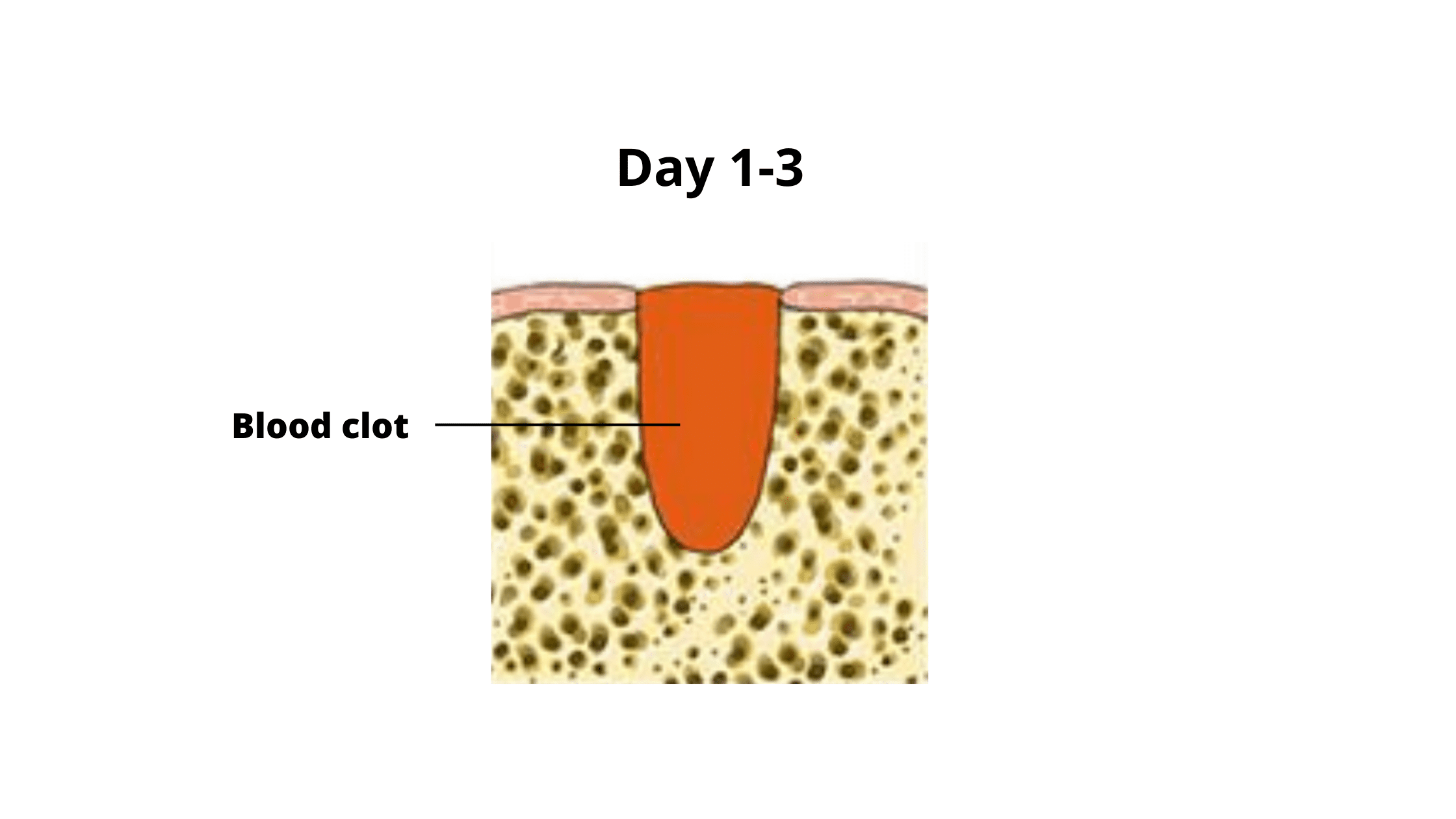What Causes Clot After Tooth Extraction? Fast Healing Tips

The process of tooth extraction, whether it’s due to decay, trauma, or overcrowding, is a common dental procedure that millions of people undergo every year. While the procedure itself is relatively straightforward, the healing process can sometimes be complicated by the formation of a clot, which is a natural part of the body’s healing mechanism. Understanding what causes a clot after tooth extraction and how to facilitate fast healing is crucial for a smooth recovery.
Introduction to Clot Formation
After a tooth is extracted, the body immediately starts the healing process. One of the first steps in this process is the formation of a blood clot in the socket where the tooth used to be. This clot is not just a simple accumulation of blood; it’s a complex structure composed of blood cells, platelets, and fibrin, a protein that acts as a glue to hold the clot together. The clot serves several important functions: it protects the bone and nerve endings that are exposed by the extraction, acts as a foundation for new tissue growth, and prevents infection by sealing off the extraction site from the rest of the mouth.
Causes of Clot Formation Issues
While clot formation is a natural and necessary part of the healing process, there are instances where the clot may not form properly or may be dislodged, leading to what is known as dry socket (alveolar osteitis). This condition can be painful and may delay the healing process. Several factors can increase the risk of developing dry socket:
- Smoking and Tobacco Use: Smoking and the use of tobacco products can significantly impair the healing process. The chemicals in tobacco can prevent the formation of a clot or cause it to dislodge.
- Poor Oral Hygiene: Not keeping the mouth clean after extraction can lead to infection, which can disrupt the clotting process.
- Traumatic Extraction: If the tooth extraction was particularly difficult or if the dentist had to use significant force, the risk of dry socket may increase.
- Oral Contraceptives and Hormonal Changes: Some research suggests that women who are taking oral contraceptives may have a higher risk of developing dry socket, possibly due to hormonal influences on blood clotting.
- Saliva and Hydration: Adequate saliva production and staying hydrated are crucial for the healing process. Anything that reduces saliva flow or leads to dehydration can potentially affect clot formation.
Fast Healing Tips
Facilitating fast healing after tooth extraction involves a combination of careful post-operative care, maintaining good oral hygiene, and avoiding activities that could dislodge the clot. Here are some tips to help ensure a smooth and speedy recovery:
- Rest: Give your body time to recover. Resting and avoiding strenuous activities can help prevent dislodging the clot.
- Ice Packs: Applying an ice pack to the cheek near the extraction site can help reduce swelling and ease pain.
- Soft Foods: Stick to a diet of soft foods for a few days to avoid irritating the extraction site.
- Stay Hydrated: Drink plenty of water to keep yourself hydrated and aid in the healing process.
- Avoid Smoking and Tobacco: completely avoid smoking and tobacco products until the extraction site has fully healed.
- Follow Dental Instructions: Your dentist will provide specific instructions on how to care for the extraction site. Following these instructions carefully can significantly reduce the risk of complications.
- Keep the Extraction Site Clean: Gently rinse your mouth with warm salt water several times a day to keep the area clean and prevent infection.
Advanced Healing Strategies
In addition to the basic care instructions provided by your dentist, there are some advanced strategies that can aid in the healing process:
- Use of Platelet-rich Fibrin (PRF): PRF is a byproduct of blood that is rich in growth factors. Applying PRF to the extraction site can enhance healing and tissue regeneration.
- Low-Level Laser Therapy (LLLT): LLLT can stimulate healing, reduce pain, and promote tissue repair.
- Nutritional Supplements: Certain supplements like vitamin C, zinc, and omega-3 fatty acids can support the healing process by boosting the immune system and promoting tissue repair.
Conclusion
The formation of a clot after tooth extraction is a critical step in the healing process. Understanding the factors that can influence clot formation and taking proactive steps to ensure proper healing can significantly reduce the risk of complications. By following the tips outlined above and maintaining good oral hygiene, individuals can facilitate a smooth recovery and minimize the risk of dry socket or other issues. Remember, if you experience any unusual symptoms or concerns during the healing process, it’s essential to consult with your dentist for personalized advice and care.